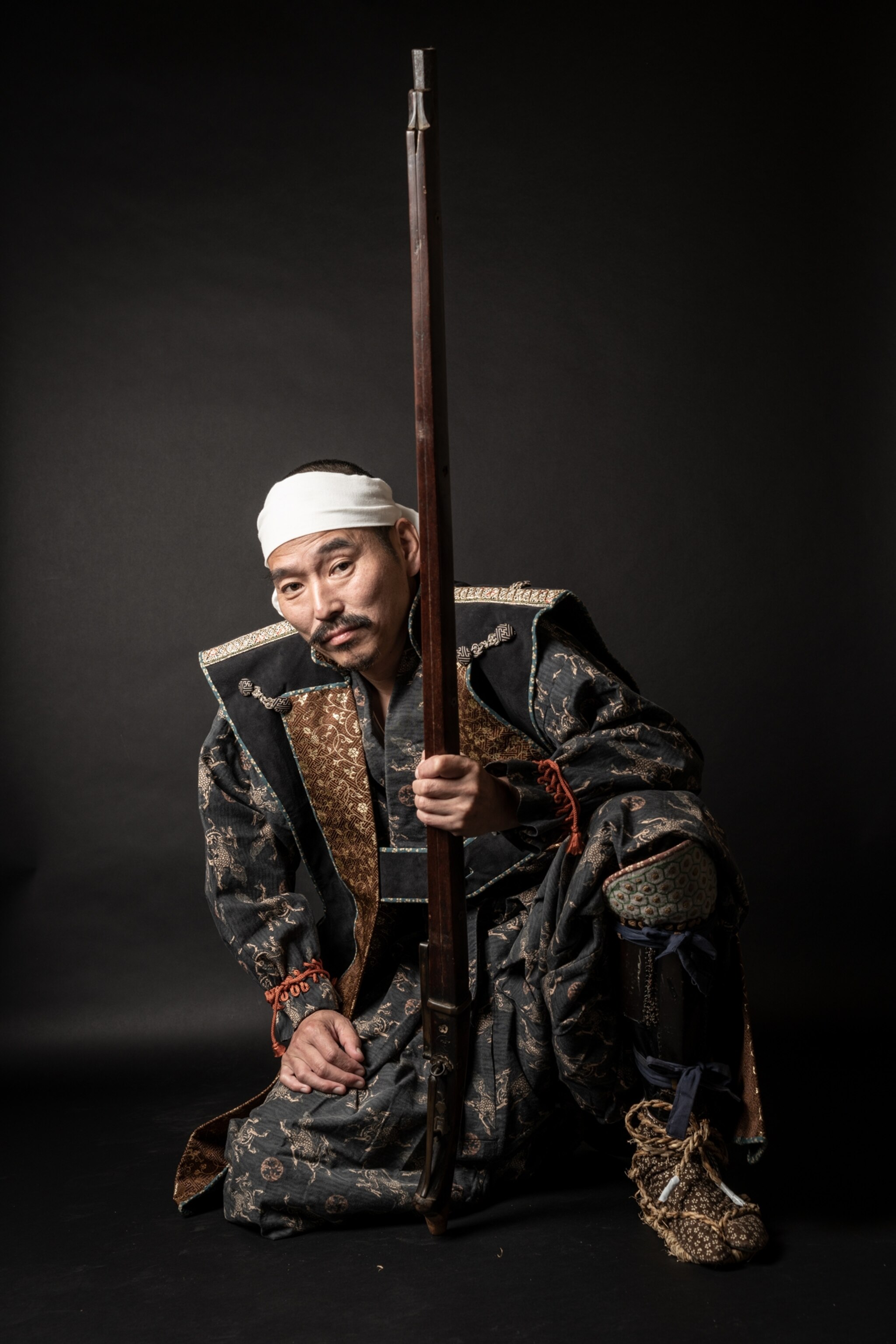After years of making images outside of Japan, Ryotaro Horiuchi turned the camera toward his home country. As he questioned what constitutes Japanese identity—and his own identity as a Japanese person—he began looking into matsuri, the communal celebrations held in every region of Japan since ancient times.
When Horiuchi attended Fukushima Prefecture’s Soma Nomaoi Festival, where samurai descendants and devotees dress in armor and compete on horseback each July, he was “overwhelmed and moved by the power and human aspect,” he says.










The festival has been held for more than a thousand years; its origins lie in the military training of the lord of Soma’s samurai, who dedicated their lives to protecting his. Today’s participants take inspiration from the discipline, honor, and loyalty practiced by the samurai—values that have helped them persevere through life’s adversities, including the devastating earthquake and tsunami that hit the Soma area of Fukushima in 2011 and caused a nuclear disaster.
Hearing stories of these modern-day festivalgoers and seeing the strength of their conviction, Horiuchi knew that his next project would be an attempt to “capture their personalities and their identity as a samurai.”
The past shapes the present for samurai admirers. Throughout the history of the festival, attendees have adapted to the evolving times without relinquishing their connection to the samurai. And through these portraits, Horiuchi has found his own sense of self—one that shifts with changes in time and place but preserves the spirit of tradition.

Gail Tsukiyama is a best-selling author whose novels include The Samurai’s Garden, Women of the Silk, and The Color of Air.
This story appears in the March 2022 issue of National Geographic magazine.
Related Topics
You May Also Like
Go Further
Animals
- This fungus turns cicadas into zombies who procreate—then dieThis fungus turns cicadas into zombies who procreate—then die
- How can we protect grizzlies from their biggest threat—trains?How can we protect grizzlies from their biggest threat—trains?
- This ‘saber-toothed’ salmon wasn’t quite what we thoughtThis ‘saber-toothed’ salmon wasn’t quite what we thought
- Why this rhino-zebra friendship makes perfect senseWhy this rhino-zebra friendship makes perfect sense
Environment
- Your favorite foods may not taste the same in the future. Here's why.Your favorite foods may not taste the same in the future. Here's why.
- Are the Great Lakes the key to solving America’s emissions conundrum?Are the Great Lakes the key to solving America’s emissions conundrum?
- The world’s historic sites face climate change. Can Petra lead the way?The world’s historic sites face climate change. Can Petra lead the way?
- This pristine piece of the Amazon shows nature’s resilienceThis pristine piece of the Amazon shows nature’s resilience
- 30 years of climate change transformed into haunting music30 years of climate change transformed into haunting music
History & Culture
- Hawaii's Lei Day is about so much more than flowersHawaii's Lei Day is about so much more than flowers
- When treasure hunters find artifacts, who gets to keep them?When treasure hunters find artifacts, who gets to keep them?
- Meet the original members of the tortured poets departmentMeet the original members of the tortured poets department
- When America's first ladies brought séances to the White HouseWhen America's first ladies brought séances to the White House
Science
- Should you be concerned about bird flu in your milk?Should you be concerned about bird flu in your milk?
- Here's how astronomers found one of the rarest phenomenons in spaceHere's how astronomers found one of the rarest phenomenons in space
- Not an extrovert or introvert? There’s a word for that.Not an extrovert or introvert? There’s a word for that.
Travel
- Are Italy's 'problem bears' a danger to travellers?Are Italy's 'problem bears' a danger to travellers?
- How to navigate Nantes’ arts and culture scene
- Paid Content
How to navigate Nantes’ arts and culture scene - This striking city is home to some of Spain's most stylish hotelsThis striking city is home to some of Spain's most stylish hotels
- Photo story: a water-borne adventure into fragile AntarcticaPhoto story: a water-borne adventure into fragile Antarctica





